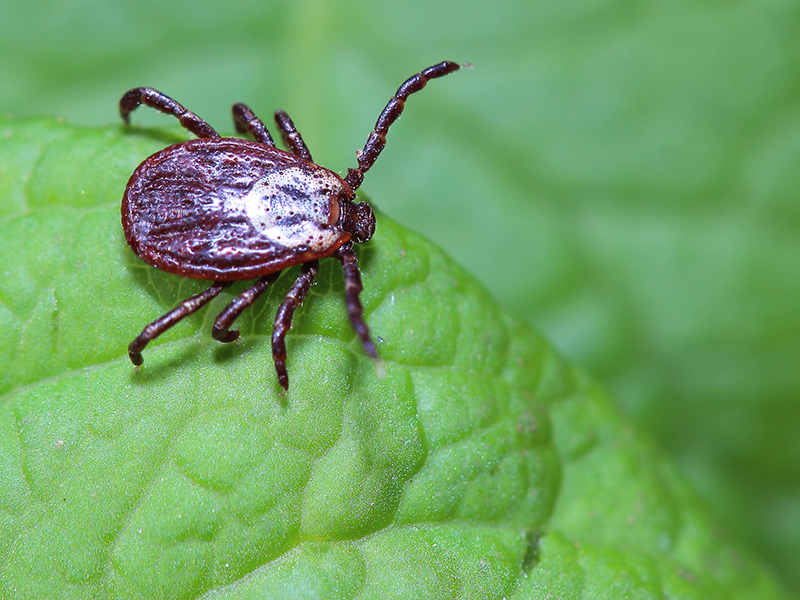Tickborne illness is more common than you might think.

With the arrival of warmer days and gentler weather, it's important to be aware that it's also tick season. Ticks are often found in areas with lots of brush, woods or tall grasses, which means spending time outdoors can increase your chances of getting bitten.
Ticks are small but dangerous because their bite can spread diseases to humans and animals with some of the most common ones being Lyme disease, anaplasmosis, babesiosis and ehrlichiosis.
Signs and symptoms of tick-borne illness
After being bitten by a tick, there are several symptoms to look out for, and many tickborne diseases share these symptoms. It's crucial to see a doctor if you start feeling sick within a few weeks of a tick bite. Symptoms can include:
- Fever or chills Sore muscles or joints, which happens a lot with Lyme disease
- Feeling tired and having headaches
- Rashes, which are signs of Lyme disease, Southern tick-associated rash illness, Rocky Mountain spotted fever, ehrlichiosis and tularemia.
How to avoid ticks
- When you're spending time outside, like walking, gardening, camping or hiking, be mindful of your environment. Avoid areas with high grass and brush. Stick to the middle of trails whenever you can.
- Wear a tick repellent that has ingredients approved by the EPA.
- Always check your pets and clothes after being outdoors. Ticks can latch onto them and you might bring them inside without knowing. For extra caution, put your clothes in the dryer on high heat for about 10 minutes to kill any ticks that might be on them.
- Examine your body for ticks in warm spots like underarms, ears, belly button, behind knees, hair, groin and waist.
- If you find a tick on you, carefully remove it and clean the bite area. If you want, you can keep the tick in rubbing alcohol in a sealed container and take it to your doctor for identification.
